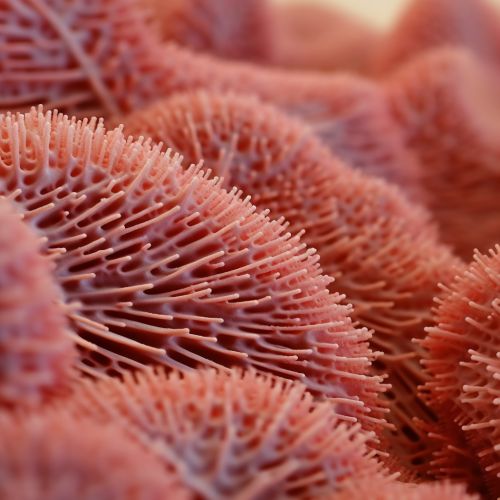Bacillus cereus
Introduction
Bacillus cereus is a Gram-positive, rod-shaped bacterium that is commonly found in soil and food. It is a member of the Bacillus genus, which is known for its ability to form endospores, a type of dormant cell that allows the bacterium to survive in harsh conditions. Bacillus cereus is a mesophilic bacterium, meaning it thrives in moderate temperatures, typically between 20 and 45 degrees Celsius.


Morphology and Identification
Bacillus cereus is characterized by its rod-like shape, which is typical of the Bacillus genus. The cells are usually 1-1.2 μm in width and 3-5 μm in length. They are arranged in chains and are motile due to the presence of flagella. The bacterium is Gram-positive, meaning it retains the violet stain used in the Gram staining method. This is due to the thick layer of peptidoglycan in its cell wall.
Physiology and Metabolism
Bacillus cereus is a facultative anaerobe, which means it can grow in both the presence and absence of oxygen. It is capable of fermenting various sugars to produce lactic acid, acetic acid, and ethanol. The bacterium is also capable of respiring, using oxygen as the final electron acceptor.
Pathogenesis and Clinical Significance
Bacillus cereus is a notable pathogen, causing two types of foodborne illness: emetic and diarrheal. The emetic type is caused by the ingestion of a pre-formed toxin, cereulide, which is heat-stable and resistant to stomach acid. The diarrheal type is caused by the production of enterotoxins in the intestines after ingestion of the bacteria.
Prevention and Control
Preventing Bacillus cereus foodborne illness involves proper food handling and storage. Foods should be cooked thoroughly and stored at the correct temperature to prevent the growth of the bacteria. In the event of an outbreak, rapid identification and control measures are crucial to prevent further spread.
